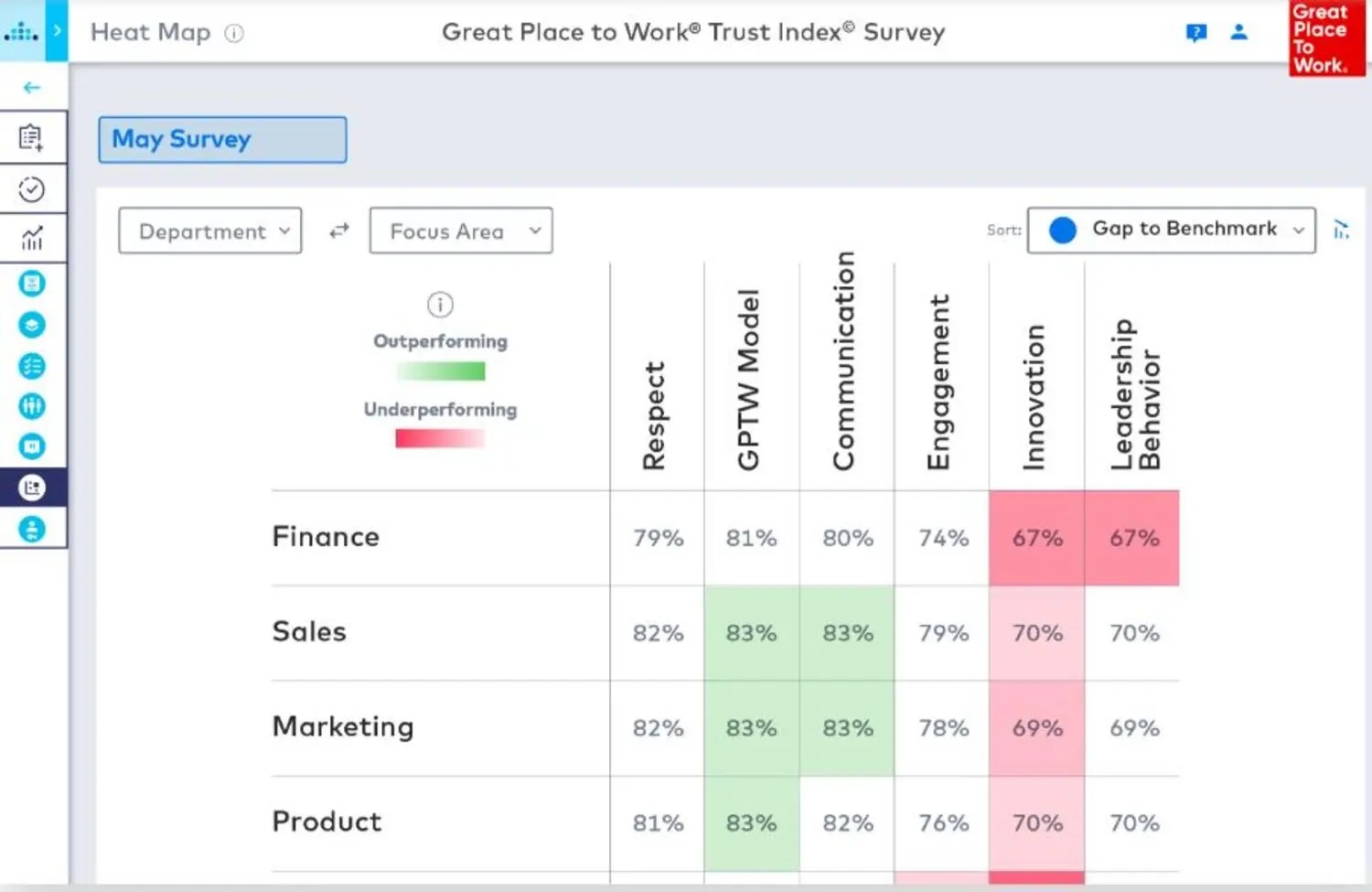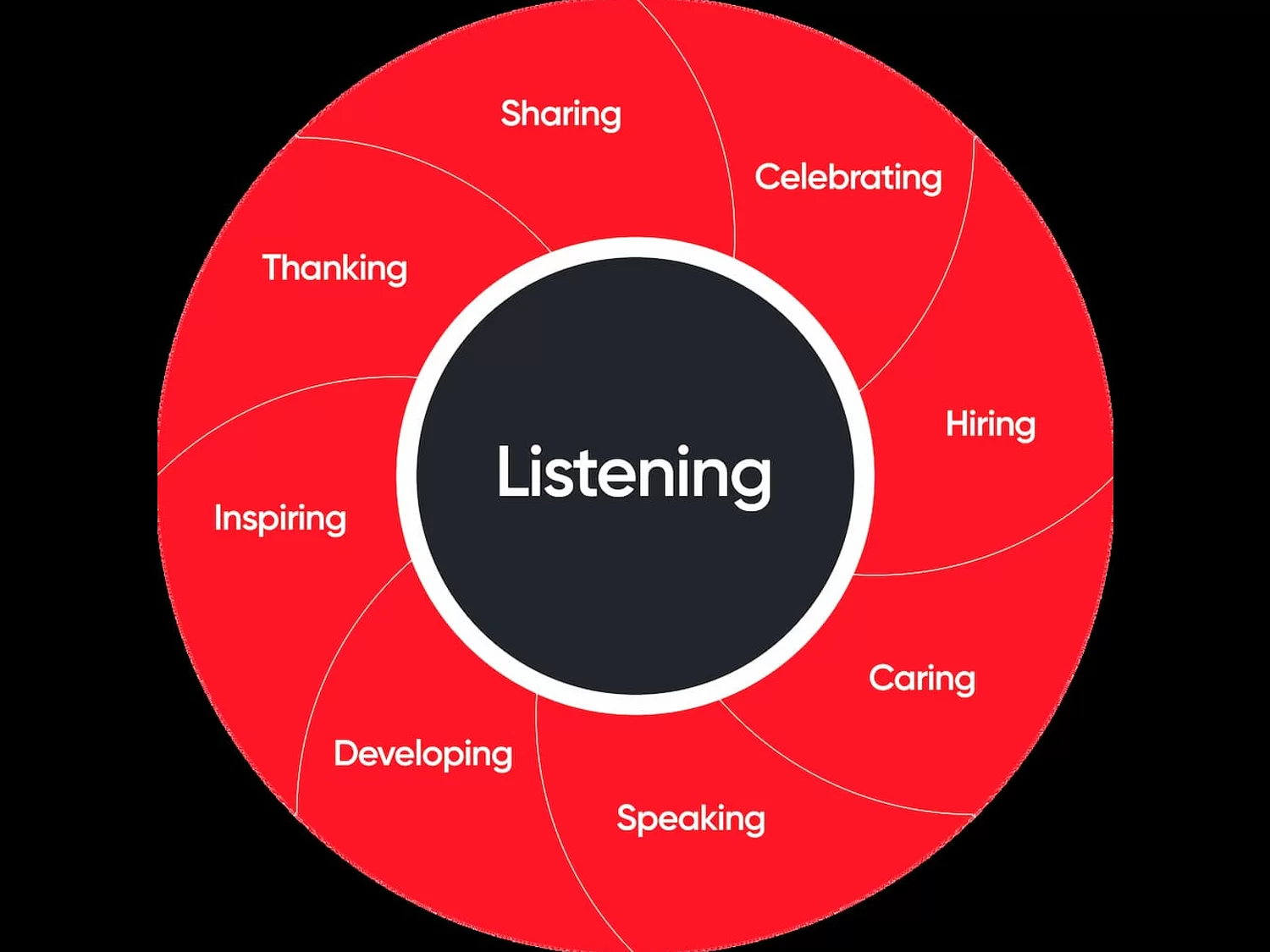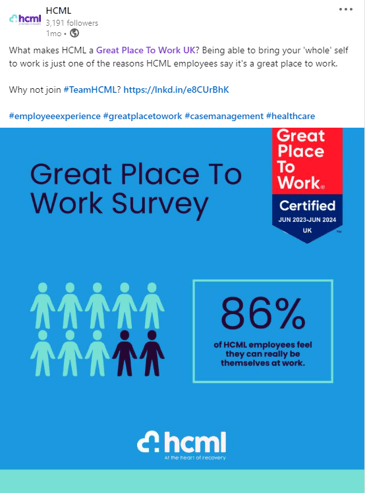Keeping employees engaged is a strategic necessity for building a motivated, productive, and loyal workforce. Employee engagement activities go far beyond fun perks or occasional treats; when designed thoughtfully, they can strengthen team connections, boost morale, and nurture a thriving company culture.
In this blog post, we’ll explore 14 impactful activities tailored for workplaces in Cyprus, combining proven engagement strategies with elements that reflect the island’s unique culture and values. From integrating local traditions and promoting work-life balance to creating opportunities for meaningful connection, each activity is designed to help employees feel respected, inspired, and truly invested in their work. Whether you’re an HR professional or a business leader, these ideas will help you shape a positive workplace where people are eager to contribute and grow.
What is an employee engagement activity?
An employee engagement activity is any organised initiative or event designed to boost employees’ enthusiasm, motivation, and sense of connection to their work and the organisation. These activities go beyond daily job duties and are aimed at increasing involvement, satisfaction, and overall morale within the workplace.
Examples include:
- Team-building exercises that promote collaboration and trust.
- Wellness programs include fitness classes and mindfulness sessions.
- Recognition events celebrating achievements and contributions.
- Flexible or social activities that foster team spirit and a positive environment.
The main goals of employee engagement activities are to create a vibrant workplace culture, enhance team morale, improve productivity, and support retention by making employees feel valued and connected to organisational success.
What are the key objectives of employee engagement activities?
Employee engagement activities are intentional initiatives designed to enhance the employee experience while driving stronger business performance. Their core purpose is to foster a genuine sense of belonging, appreciation, and connection between employees and the organisation. When people feel valued, recognised, and supported in their contributions, they experience higher job satisfaction, increased motivation, and a more profound sense of purpose in their work.
Engaged employees are not only more productive and creative but also more committed to their responsibilities. They willingly go the extra mile, collaborate effectively with colleagues, and contribute to building a positive, collaborative workplace culture. This ripple effect strengthens teamwork, boosts morale, and elevates overall performance—ultimately helping the organisation achieve its strategic goals and long-term success.
What are the benefits of employee engagement activities?
Employee engagement activities provide substantial and proven benefits for both employees and organisations. By fostering greater enthusiasm, motivation, and a positive workplace culture, such activities lead to higher productivity, increased job satisfaction, and a strong sense of belonging among employees.
Key benefits include:
- Higher productivity and efficiency: Engaged employees are more focused, motivated, and committed, which translates to improved performance and business outcomes.
- Reduced turnover and absenteeism: Engagement activities help employees feel valued and connected, which significantly lowers absenteeism and leads to improved retention—organizations with high engagement can see up to 78% less absenteeism and 21–51% lower turnover, depending on industry.
- Greater job satisfaction and morale: Employees who experience regular engagement activities report higher satisfaction, well-being, and morale.
- Better customer satisfaction and loyalty: Engaged employees provide better service, which boosts customer loyalty and overall reputation.
- Positive employer brand: Organizations known for investing in engagement become more attractive to top talent and are more likely to retain high-performing staff.
Employee engagement activities create a virtuous cycle of satisfaction, loyalty, and performance that drives long-term business success and healthier, more resilient organisations.
What are the 14 Employee Engagement Activities in Cyprus?
Cyprus is an island country in the Mediterranean. Its population has a deep cultural background and a varied workforce. Companies in Cyprus can benefit greatly from setting up activities that meet their employees’ unique needs and interests.
Here are 14 employee engagement activities that are easy to apply in workplaces all over Cyprus. These activities aim to celebrate local culture, support employee well-being, and create a sense of belonging.
1. Local Cultural Integration
Integrating local Cypriot culture into your workplace is a great way to boost diversity and inclusion. It helps employees feel a sense of belonging. You can organize cultural events showing Cypriot traditions, food, music, and dance.
Think about hosting workshops for traditional crafts, like making Lefkara lace or pottery. You could also hold a Cypriot food festival where employees can bring their favourite dishes. Encourage everyone to share their cultural stories. This will help deepen the understanding and appreciation of Cypriot heritage.
Make sure to regularly get employee feedback on these activities. This will help ensure they are enjoyable and meaningful for your diverse workforce. By celebrating local culture, companies can create a lively and engaging work environment for everyone.
2. Outdoor Activities
Enjoy the beautiful Mediterranean weather and incredible views in Cyprus by planning outdoor activities for your team.
Think about organizing team-building trips like hiking in the Troodos Mountains, visiting the Akamas Peninsula, or doing water sports at the many beaches. These activities boost team engagement and help employees relax, connect with nature, and improve their mental health.
Outdoor activities provide a nice break from the usual work routine. They also allow employees to interact in a friendly and relaxed environment, which improves communication and builds stronger relationships.
3. Professional Development Workshops
Investing in development opportunities for your employees is key to their career advancement and growth in the company. You can hold workshops that focus on important industry skills. Training in leadership, communication, and problem-solving is also helpful.
Consider bringing in guest speakers, working with local training centres, or offering online learning that matches your employees’ career goals. By giving these professional development options, you show that you care about their growth and provide them the tools to succeed in their jobs.
Encourage your employees to attend conferences, workshops, and seminars that align with their goals. Also, make sure to support them with money or by allowing flexible work hours.
4. Fitness Challenges
Promoting employee health and well-being is crucial for a productive and happy workforce. You can implement wellness programs that include fitness challenges. These challenges will help employees focus on their physical health.
Organize competitions for step counting, yoga or Pilates classes, and group fitness activities. Partner with local gyms to give discounted memberships. You could also bring fitness instructors to the workplace for quick workouts during lunch.
Teach healthy habits through workshops on nutrition, stress management, and work-life balance. Companies can improve their work environments by investing in employee health and creating a culture of well-being. This shows that they care about their employees’ overall health.
5. Recognition Programs
Recognizing and appreciating employees’ hard work and achievements is very important. It helps increase engagement and create a culture of appreciation. You can set up employee recognition programs to showcase great contributions, celebrate big milestones, and recognize employees who do a little extra.
Think about using a points-based system where employees can earn rewards, gift cards, or extra time off. Simple acts like a handwritten thank-you note or celebrating an employee during a team meeting can make a big difference in showing that you value them.
Ask for employee feedback on the recognition program. This way, you can ensure that it meets their needs and keeps them motivated.
6. Flexible Work Options
Offering flexible work arrangements is crucial in the work environment. It helps to attract and keep the best workers. You should support a healthy work-life balance. This can be done by allowing remote work, flexible hours, and compressed workweeks.
When you let employees adjust their schedules to fit their personal needs, you show that you trust them. It also helps them use their time better. This flexibility lowers stress, helps them focus, and boosts job satisfaction.
Workers with a good work-life balance are more engaged. They work better and are more committed to their jobs, which suits the company.
7. Volunteer Days
Giving back to the community is an excellent experience for workers and the company. Set up volunteer days where employees can use their time and skills to help local charities or environmental projects.
Think about teaming up with groups that focus on animal care, nature protection, or social issues that match the company’s values. Volunteering helps build teamwork, lifts spirits, and lets employees connect better while making a positive difference.
Adding corporate social responsibility activities to your company culture can attract and retain employees who care about these issues. This can also help improve the company’s reputation in the community.
8. Book Clubs
Starting a book club at work is a good way to help employees learn, discuss, and create a friendly community. Choose books about professional development, industry trends, or personal growth. This will help everyone gain new skills and viewpoints.
Hold regular meetings where staff can share their thoughts, have interesting talks, and learn from one another. Ensure the place feels relaxed and welcoming so everyone can share their ideas. A book club is a fun way to keep learning and staying mentally sharp while enjoying reading together.
9. Onsite Wellness Programs
Making employee well-being a top priority is essential for a good and productive work environment. You can offer onsite wellness programs that support both physical and mental health.
You could include yoga classes, meditation sessions, or mindfulness workshops. These activities can help employees handle stress, concentrate better, and improve their well-being. It might also be helpful to provide healthy snacks and drinks in the kitchen to promote better choices during the day.
When companies create a culture that values employee well-being, they show their commitment to their employees’ health and happiness. This can lead to better job satisfaction and lower stress levels.
10. Career Coaching
Investing in employees’ career development is crucial for their growth and long-term success with the company. You should offer career coaching sessions to help employees find their strengths, set career goals, and make a plan to reach them.
You might also consider providing mentorship programs. In these programs, experienced employees can guide and support their less experienced colleagues, helping create a culture of learning and development. When companies invest in career coaching and mentorship initiatives, they show that they care about their employees’ professional growth and give employees the tools and support they need to advance their careers.
This can lead to higher employee motivation, engagement, and retention. Employees will feel valued and supported in their career goals.
11. Lunch and Learns
Lunch and learns is a fun and easy way to share knowledge and build skills at work. You can ask employees to share what they know, like their hobbies or interests, during lunch sessions where they can talk about different topics.
These sessions can include workshops on work skills, talks about industry trends, and sharing experiences related to hobbies, travel, or culture. It is important to create a friendly and laid-back environment where people can meet, learn from each other, and grow their knowledge.
After the sessions, consider conducting an engagement survey to collect feedback. This will help you determine how well the sessions worked and what can be improved.
12. Birthday and Work Anniversary Celebrations
Celebrating employees’ birthdays and work anniversaries is a simple way to show that we care and build team connections. You can create a monthly calendar to remember these special days and plan small celebrations for each worker.
| Occasion | Ideas |
| Birthdays | Cake and drinks, small gifts, personalized cards |
| Work Anniversaries | Team lunch, gift certificates, extra time off |
These celebrations don’t have to be big or fancy. Even a small gathering with cake and drinks can make employees feel appreciated. This helps create a positive and memorable time for everyone.
13. Skill Sharing Sessions
Set up skill-sharing sessions to encourage learning together and teamwork. Here, employees can teach their skills and knowledge to their coworkers. These sessions create a space for employees to learn from each other, discover hidden talents in the team, and improve their skills.
Make a system where employees can choose to share their expertise or ask for training on certain skills. Offer a specific time and place for these sessions, like a weekly or bi-weekly meeting.
Encourage everyone, no matter their position, to take part. Skill-sharing sessions not only help with learning and growth but also empower employees to own their progress and help create a place of constant improvement.
14. Beach Clean-Up Initiatives
Cyprus is known for its beautiful coastline and beaches. You can use this by organising beach clean-ups. These events help build teamwork and connect with the community while caring for the environment. You should encourage employees to get involved. Schedule regular clean-ups at local beaches. Provide all the necessary materials and promote the events through your company’s internal communication.
These clean-up activities help raise awareness about environmental issues, build a sense of community, and let employees enjoy the outdoors. This can make a positive difference in our environment. Working with local environmental groups can improve these activities and provide extra support.
What is an example of an employee engagement activity?
A technology company in Cyprus noticed a decline in employee engagement and decided to investigate. Through pulse surveys, they discovered two key issues: employees wanted more opportunities for professional development, and there was a disconnect between different teams.
In response, the company introduced lunch-and-learn sessions, where employees from various departments could share their expertise, learn new skills, and exchange ideas in an informal setting. To further support career growth, they launched a mentorship program pairing senior staff with junior employees—helping transfer knowledge, build skills, and strengthen professional relationships.
These initiatives not only provided valuable learning opportunities but also fostered stronger connections across teams. The outcome was clear: engagement levels rose, job satisfaction improved, and the company culture became more collaborative and supportive.
Turn Your Workplace into a Great Place to Work!
Employees thrive in great company cultures—let’s build yours! Whether you’re aiming for higher engagement, better retention, or Great Place to Work certification, we’re here to help. Fill out the form and let’s talk!



















